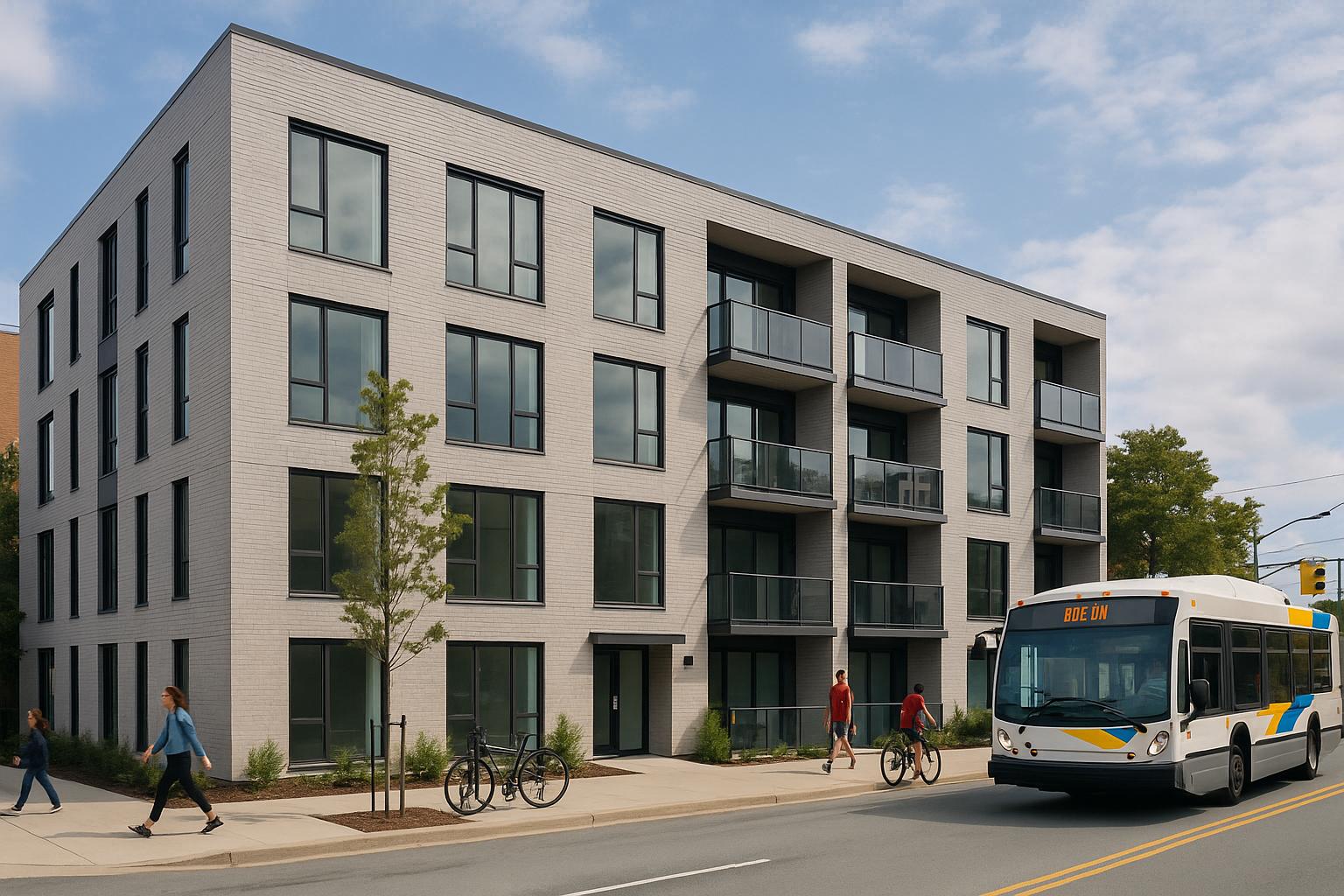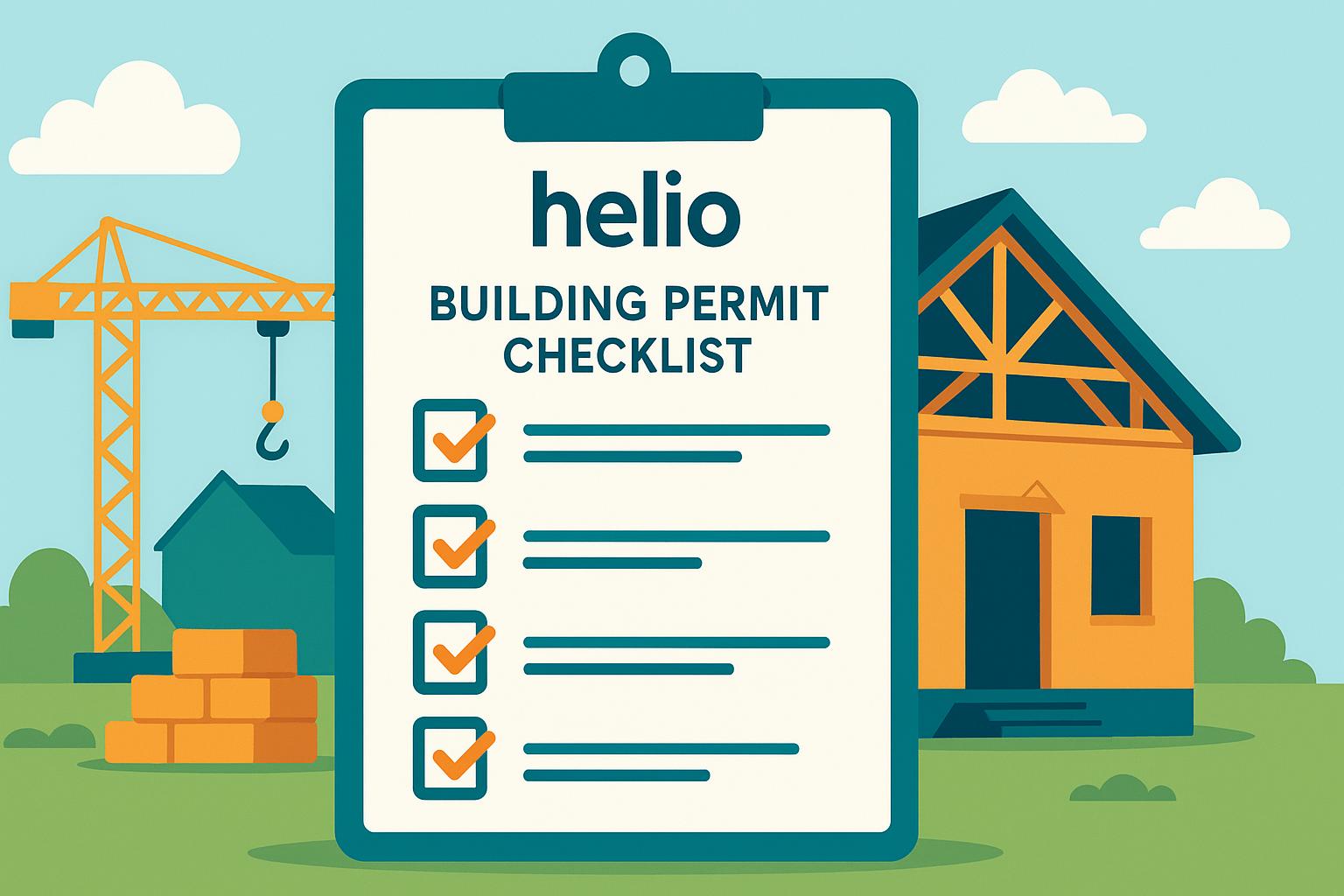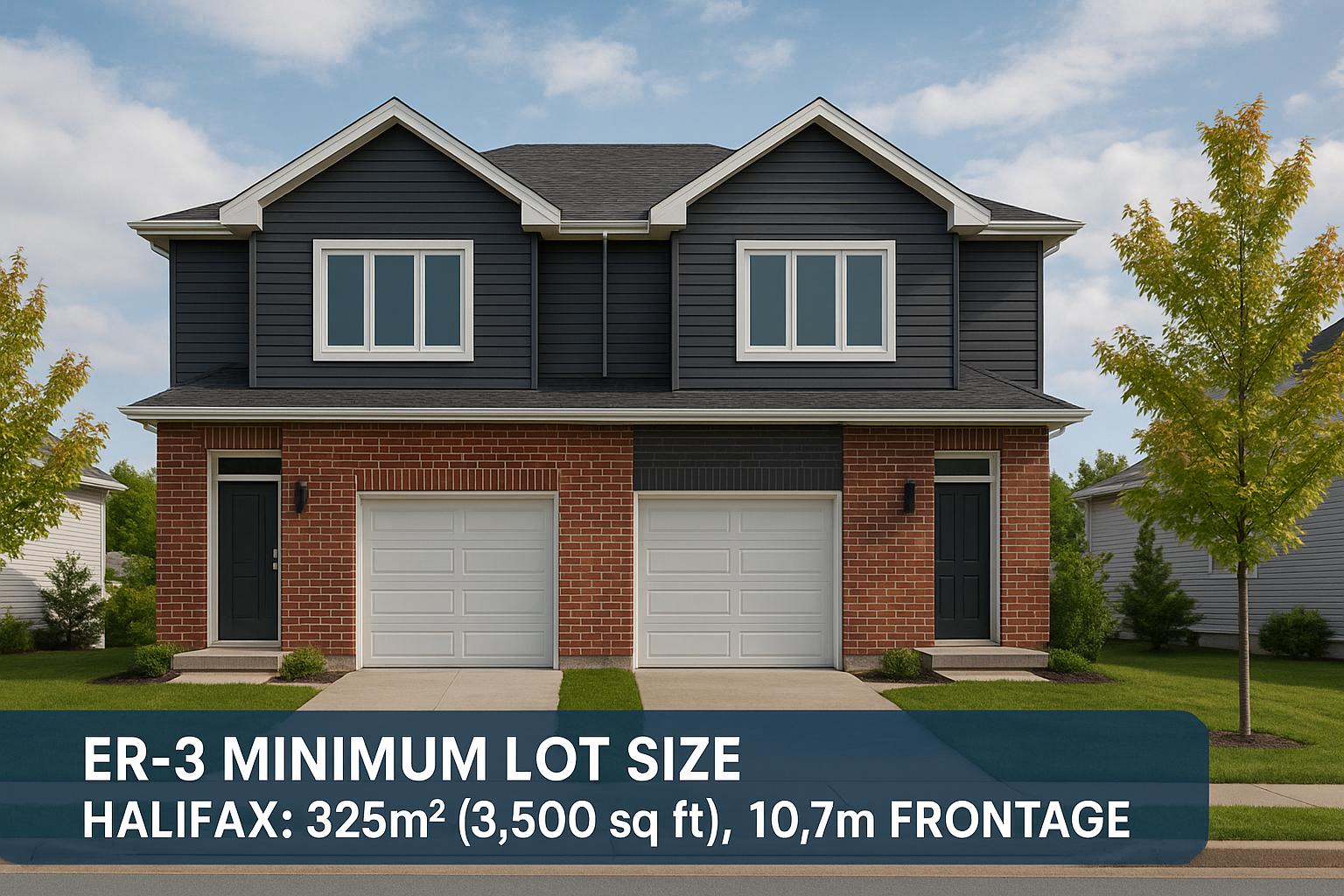- Elevators: Required in taller buildings or those exceeding accessibility thresholds. Costs include installation, structural upgrades, and ongoing maintenance but may improve rent potential in urban areas.
- Egress Rules: Exit and safety codes dictate hallway dimensions, stairwell locations, and fire safety measures. These requirements reduce rentable space and increase costs, especially in larger developments.
- Unit Count: Maximizing units can lower per-unit costs and improve returns, but zoning laws and building code thresholds must be carefully managed to avoid triggering additional expenses.
- Construction Methods: Using a single integrated design-build team reduces delays, cost overruns, and coordination risks compared to hiring multiple contractors.
Key Takeaway: Early planning and informed design choices are essential to keep costs controlled and ensure your project aligns with financial goals. Missteps can lead to redesigns, delays, and budget overruns, eroding your pro forma projections.
Lecture 11B Multi Unit Residential Construction, Residential Technology Course
Elevators: When You Need Them and What They Cost
Elevators play a crucial role in multi-unit developments, shaping both design and budget decisions. Understanding when an elevator is required and what it will cost can help you create a building that meets regulations without overspending. Below, we break down the key factors influencing these decisions.
Nova Scotia Building Code Requirements for Elevators

In Nova Scotia, the building code establishes elevator requirements based on factors like building height, occupancy, and accessibility needs. For residential projects, elevators are typically necessary when a building exceeds a certain number of storeys or when upper units are above a specific height. Accessibility rules also come into play, requiring features like wider doorways and clear, unobstructed paths.
Other design elements, such as differing entrance levels or notable height variations within the structure, can also trigger the need for an elevator. These rules ensure buildings are accessible and safe for everyone.
Installation and Maintenance Costs
The cost of installing an elevator depends on the building’s design and the type of elevator chosen. Basic models are more affordable, while energy-efficient systems or elevators designed for taller buildings come with a bigger price tag. Installation often involves structural changes, such as creating a shaft or upgrading electrical systems, which can add significantly to the overall expense.
Once installed, elevators also require regular maintenance and occasional repairs, which add to ongoing costs. Additionally, buildings with elevators often face higher liability insurance premiums.
Do Elevators Pay for Themselves Through Higher Rent?
In urban areas, elevators can make properties more appealing, potentially allowing landlords to charge higher rents. However, in smaller communities, the added rental income may be minimal. Beyond rental premiums, elevators can enhance a property’s marketability and resale value, especially for tenants or buyers who prioritize accessibility.
That said, the decision to install an elevator is often driven by regulatory and accessibility requirements rather than immediate financial returns. These considerations highlight the importance of integrating elevator costs into your overall planning and budget strategy.
Egress Rules: Exit Requirements That Affect Your Design and Budget
Just like elevator regulations, egress rules can significantly impact your project’s design and overall budget. These exit and safety codes influence how you allocate space, affecting everything from hallway dimensions to stairwell locations. Often, a portion of your floor area must be reserved for egress pathways rather than rentable units, making early planning essential. Understanding these rules, as outlined in Nova Scotia's exit and safety codes, helps you design efficiently without overspending or compromising rentable space.
Nova Scotia Exit and Safety Code Requirements

Nova Scotia adheres to the National Building Code of Canada but includes specific provincial adjustments to address local needs. For residential buildings, these codes require at least two separate exit routes on each floor to ensure safe egress during emergencies. These routes must be spaced far enough apart to remain usable even if one becomes inaccessible.
Key aspects of egress design include ensuring hallways, stairwells, and doorways meet minimum size requirements. Additionally, areas like stairwells and exit corridors often need fire-rated materials to improve safety. Emergency lighting and clearly marked exit signs are mandatory to guide occupants during power outages, while larger buildings may require interconnected alarm systems or hard-wired monitoring setups for added safety.
How Exit Rules Limit Your Floor Plans
Egress regulations can eat into the usable floor area, as space must be allocated for corridors, stairwells, and other exit routes. When multiple exits are required, careful planning becomes critical to avoid inefficient layouts that cut into rentable space.
These rules also influence unit designs and layouts. Shared corridors can limit how furniture is arranged, while windows designated as emergency exits must meet specific size requirements, potentially reducing design flexibility. Adding common areas or amenities can further complicate matters, as they might change the building's occupancy classification, triggering stricter egress standards like wider hallways or enhanced fire safety measures.
Costs of Meeting Safety and Exit Standards
Complying with egress and safety standards often involves significant expenses. Fire-rated materials, for example, are more expensive than standard options, and these costs can quickly escalate in larger projects. Emergency lighting, alarm systems, and sprinkler installations also represent considerable investments, not just in installation but in ongoing maintenance and inspections.
These safety features also influence insurance costs. Buildings with strong safety measures often qualify for lower premiums, while non-compliance can lead to higher rates. Additionally, architects face higher design costs when navigating complex egress requirements. Experienced designers who can balance safety, aesthetics, and spatial efficiency can help reduce costly revisions during the permitting process. However, these professional fees, combined with potential reductions in rentable space, must be carefully weighed against the long-term benefits of compliance.
Getting More Units: How to Maximize Count Without Triggering Extra Costs
Adding more units to your development can significantly boost your financial returns, but it’s a balancing act. If you're not careful, you could unintentionally trigger extra regulatory costs. By understanding the rules and planning strategically, you can increase your unit count while keeping expenses in check. Start by reviewing local zoning regulations to see how they might shape your project.
Rules That Limit How Many Units You Can Build
Local zoning laws are often the biggest factor in determining how many units you can include in your development. These regulations may limit unit density, require minimum lot sizes, or impose restrictions on parking, lot coverage, setbacks, and building height. Ignoring these rules could lead to costly redesigns or compliance issues. That’s why it’s critical to study local guidelines early in your planning process.
Design Methods to Fit More Units
Smart design choices can help you maximize the number of units without breaking any rules. For example, deeper floor plates combined with centralized corridors can make better use of available space. Standardized unit layouts not only simplify the design and construction process but also help control costs. Placing stairwells strategically to serve multiple units can meet egress requirements while saving space. Don’t overlook basement or ground-floor areas - they can often be converted into additional units if they meet legal egress and ceiling height standards.
How More Units Improve Your Financial Returns
Adding more units isn’t just about filling space; it’s about improving your bottom line. Fixed costs like site preparation, utility hookups, and structural systems can be spread across more units, lowering the cost per unit. More units also mean more rental income and less financial risk, as single vacancies have a smaller impact on your overall cash flow. Operating costs, such as property management and maintenance, typically don’t rise at the same rate as unit count, which further boosts profitability. Plus, larger developments often attract better financing terms since lenders view them as more stable investments.
sbb-itb-16b8a48
Single-Team Construction vs Multiple Contractors: Reducing Project Risks
When it comes to building multi-unit rental properties, the choice of construction method can make or break your project. Specifically, deciding between an integrated design-build team or hiring individual contractors for each phase is a critical decision. This choice impacts everything from your budget to your timeline and ultimately determines whether your financial projections hold up.
Problems with Hiring Multiple Contractors
Opting for separate contractors for design, engineering, permits, and construction can lead to a host of issues. For starters, splitting responsibilities often results in fragmented accountability, which can drive budget overruns of 30–60%. Why? Each contractor tends to focus on their own bottom line rather than the overall success of the project.
Delays are another common problem. What’s planned as an 8-month construction timeline can easily stretch to 18 months or more when coordination falters. On top of that, managing communication between multiple professionals - each with their own schedules and systems - often shifts the burden of project management onto the property owner, adding stress and inefficiency.
Benefits of One Team Handling Everything
An integrated design-build approach simplifies the entire process and sidesteps many of the pitfalls associated with using multiple contractors. One of the biggest advantages is fixed pricing. With a single team controlling all aspects of the project, you get a guaranteed price from start to finish, avoiding the escalation of costs through change orders.
Timelines are also far more reliable. When everyone works toward shared deadlines using coordinated scheduling tools, delays can be significantly reduced. Communication becomes seamless too, with just one point of contact managing the entire project.
Another major advantage is improved accountability. A unified team offers a single warranty covering the entire project, making it far easier to address any post-completion issues. This contrasts sharply with the patchwork of limited warranties you’d get from multiple contractors.
Side-by-Side Comparison: One Team vs Multiple Contractors
| Factor | Multiple Contractors | Integrated Team |
|---|---|---|
| Budget Control | 30–60% overruns due to change orders | Fixed pricing with minimal surprises |
| Timeline | Often stretches from 8 months to 18+ months | Around 6 months with coordinated schedules |
| Accountability | Fragmented, leading to blame-shifting | Single entity responsible for the entire project |
| Communication | Multiple relationships to manage | One primary point of contact |
| Quality Issues | Limited warranties per contractor | Unified warranty for the entire project |
| Project Management | Owner must coordinate and manage | Professional project management included |
| Cost Certainty | Budgets rely on contingency estimates | Contractually guaranteed pricing |
| Risk Distribution | Owner bears most coordination risks | Team assumes responsibility for delivery risks |
The Financial Impact of Delays
The effects of fragmented teams go beyond construction costs. Delays can cost you up to $8,800 per month in lost rental income, not to mention additional carrying costs. These financial hits can quickly erode your pro forma projections.
By choosing an integrated design-build team, you also transfer a significant portion of the project risk. The team takes on the coordination and delivery challenges, transforming the process from a gamble into a carefully managed system with predictable results.
In short, working with a single, experienced team ensures that your construction process aligns with both your design vision and financial goals. This approach not only reduces risks but also supports a more reliable and efficient path to project completion.
Summary: Key Points for Nova Scotia Property Owners
For property owners in Nova Scotia, the profitability of multi-unit projects often depends on managing key cost thresholds and timelines. Decisions regarding elevators, egress requirements, and unit counts are not just design choices - they’re financial ones that directly impact your pro forma.
Important Cost Triggers to Watch
Certain thresholds in Nova Scotia construction can significantly affect your project’s scope and cost:
- Projects exceeding 3 storeys or 600 m² fall under Part 3 of the National Building Code. This requires architect and engineer-stamped designs, sprinkler systems, fire alarms, and barrier-free features, which may include an elevator [1].
- Transitioning from single-family to duplex construction introduces fire-rated party walls and separate exit requirements [1].
- For triplexes and fourplexes, you’ll need interconnected smoke alarms, emergency lighting in shared spaces, and potentially sprinkler systems [1].
- Reaching the 12-unit threshold (or 16 units in future village core zones) typically requires a development agreement, adding complexity to the approval process [1].
The Value of Planning and Integrated Construction
Understanding these thresholds early can save you from costly surprises down the line. An integrated design-build approach ensures that your team - architects, engineers, and contractors - works together from the start, streamlining the process and avoiding fragmented decision-making. This collaboration helps optimize unit counts while staying within regulatory limits, reducing the risk of expensive mid-project changes.
Relying on fixed pricing and guaranteed timelines can also shield you from financial pitfalls. Delays can cost as much as $8,800 per month in lost rental income, and fragmented construction methods often result in budget overruns of 30–60%.
Next Steps for Property Owners
Start with a comprehensive site analysis and regulatory review before committing to any design decisions. This includes reviewing zoning rules, code thresholds, and permit triggers to make informed choices about unit counts and building configurations.
Choose construction methods that offer fixed pricing and guaranteed timelines. Projects with clear contractual assurances are far less likely to face budget overruns or delays, giving you greater peace of mind.
Finally, consider how your approach will impact long-term returns. Thoughtfully planned and well-executed buildings often command higher rents - ranging from $1,950 to $2,100 per month for quality two-bedroom units - and can deliver an annual ROI of 12–20%. Starting with informed decisions helps ensure your project’s success from the ground up.
Plan carefully to protect your pro forma.
FAQs
How do elevators affect the financial performance of multi-unit developments in urban and rural Nova Scotia?
Elevators are a key factor in the financial dynamics of multi-unit developments, especially in urban settings where taller buildings dominate the skyline. In cities, they’re often indispensable - not just for meeting accessibility requirements and adhering to building codes, but also for attracting tenants who expect this convenience. Of course, they come with a price: construction and ongoing maintenance costs can add up, potentially affecting your return on investment (ROI). That said, urban developments with elevators often enjoy higher rental income opportunities, thanks to stronger demand and dense populations.
In contrast, rural developments, which tend to be low-rise, generally don’t rely on elevators. This can significantly cut down on both initial construction costs and long-term expenses, potentially boosting profitability. However, rental income growth in rural areas is typically more modest compared to urban markets. When deciding whether to include elevators, it’s important to weigh these factors against your project’s objectives and the unique characteristics of the location.
What happens if building designs don’t comply with egress and safety codes?
The Risks of Ignoring Egress and Safety Codes in Canadian Building Design
Failing to comply with egress and safety codes in Canadian building projects can lead to serious repercussions. First and foremost, it puts occupants at greater risk during emergencies like fires, where safe and quick evacuation becomes critical. Beyond the safety concerns, non-compliance can result in legal troubles, hefty fines, or both.
The ripple effects don’t stop there. Projects can face delays, insurance costs may rise, and obtaining occupancy permits becomes a challenge. In extreme cases, authorities might even shut down the building entirely - bringing operations to a grinding halt.
Following these codes isn’t just about meeting legal requirements; it’s about safeguarding lives and ensuring your project’s financial and operational stability. Staying compliant helps you avoid unnecessary setbacks, keeps your project on track, and ensures your building is both safe and up to standard.
What are the benefits of choosing a single design-build team instead of hiring multiple contractors for your project?
When you choose a single design-build team for your construction project, you’re combining both design and construction tasks under one roof. This setup promotes clear communication and efficient teamwork, which often results in quicker project timelines and fewer delays.
With one team handling everything, you avoid the potential for disputes between separate contractors and benefit from more consistent cost estimates. This approach doesn’t just save time and money - it also reduces the hassle of juggling multiple contracts, making the entire process smoother and less stressful while boosting your confidence in the outcome.



